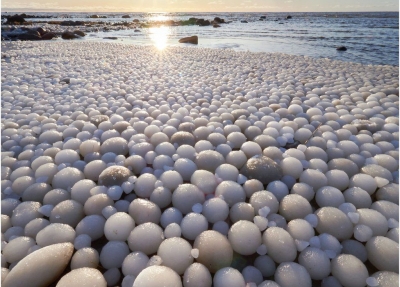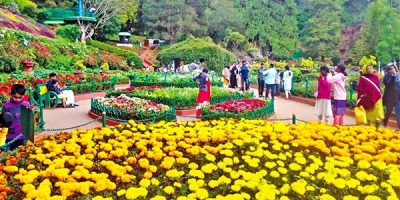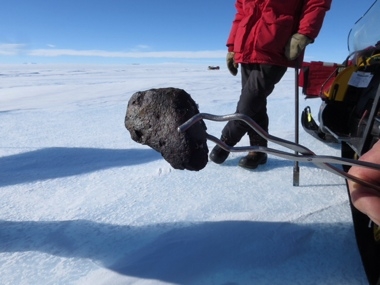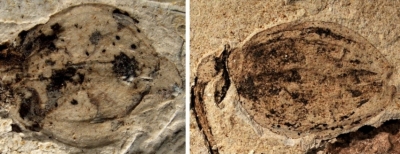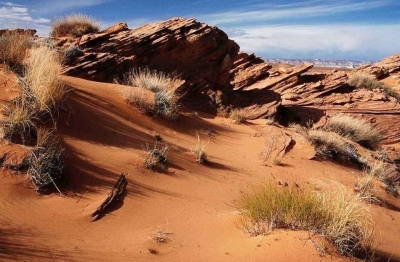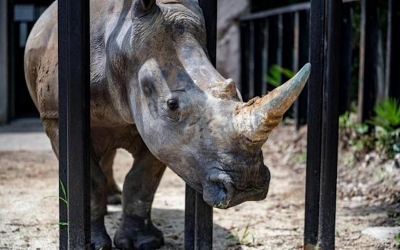Which Is the Longest Walkable Distance on Earth?
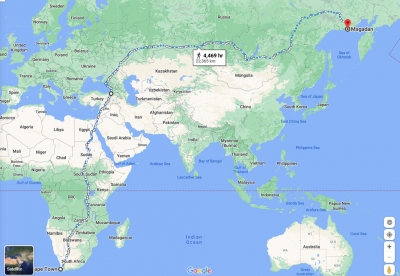
The route stretching from Cape Town, South Africa, to Magadan, Russia, 22,387 kms in length, is the world's longest walkable distance. It requires no flights or boats, just open roads and bridges. You pass through 17 countries, six time zones and all seasons of the year. The journey on this recently-discovered route has been compared to 13 trips up and down Mt Everest!
A real person walking this route at a sustainable pace would need about three years to complete the trip. They’d need to pack a variety of things or, like in the award-winning game 80 Days, sell their stuff and buy new stuff along the way: desert gear, rain gear, and even body armor for the sections through anarchic or war-torn regions like South Sudan. There’s a little bit of everything along the way, from extremely dangerous rainforest animals to near the coldest inhabited place on Earth in Russia. (Remote Bilibino, home to the smallest nuclear plant on Earth, is just a three hour flight even farther northeast after Magadan.)
People around the world do walking pilgrimages for purposes that are often spiritual. The most popular route on the Camino de Santiago, which leads to the shrine to St. James the Apostle in the Santiago de Compostela cathedral, is 500 miles long. That the hypothetical longest walk on Earth makes this daunting trip sound short is, well, blasphemous. The Appalachian Trail that runs vertically along the eastern edge of the U.S. is about 2,000 miles long, and while it’s not an explicitly religious or spiritual journey, the caretaking organization calls it a “sacred space” for its reach to people and for its preserved natural beauty.
Credit : Popular Mechanics
Picture Credit : Google
